THE ULTIMATE SKIN-SAFE TEXTILE GUIDE
Welcome to Your Skin-Safe Journey 🌱
If you or your loved ones struggle with sensitive skin or eczema, you know that everyday comfort is anything but ordinary. Clothing and bedding can be significant triggers for flare-ups and irritation.
We believe what touches your skin matters. That's why we created this guide—and AIZOME bedding.

The Rising Challenge of Eczema 📊
An estimated 40 million Americans experience some form of eczema. Over the past 25 years, its prevalence has steadily increased. This rise parallels the increased use of synthetic fabrics and textile chemicals.
Dr. Ian Myles of the NIH proposes the "clothing microbiome" theory: modern textile practices may contribute to rising skin conditions.
Global Eczema Prevalence
Source: Global Allergy and Asthma Network (GAN)
- Median 6% of both children and adolescents had eczema
- Severe eczema affects 1.1% of adolescents and 0.6% of children
10-Year Increase in Prevalence
The greatest 10-year increases were seen in the lifetime prevalence of eczema, alongside a significant rise in synthetic textile usage. Children are especially affected, as children's clothing is now cheaper and more synthetic than ever. At the same time, hand-me-down culture has declined, leading to increased exposure to new, chemical-laden textiles from an early age.
What's Hiding in Your Clothes? 👕 🧪
That "new clothes smell" is often dozens of chemicals. These can irritate sensitive skin and trigger flare-ups in those with conditions like eczema.
Common Textile Chemicals
| Chemical | Found In | How to Avoid |
|---|---|---|
| Formaldehyde | "Wrinkle-free" dress shirts, permanent press fabrics | Choose 100% natural fibers without wrinkle-resistant labels |
| Azo dyes | Brightly colored fabrics, especially red, orange, yellow | Choose undyed or naturally dyed fabrics |
| Flame retardants | Children's sleepwear, upholstery, curtains | Choose organic cotton sleepwear; wash all new items |
| PFAS | "Stain-resistant" clothing, waterproof jackets | Avoid clothing marketed as stain/water resistant |
| Phthalates | Plastic prints, synthetic leather, vinyl | Avoid plastic prints on t-shirts and synthetic leather |
🧼 Washing Makes a Difference!
Washing new clothing before wearing is essential! Studies suggest approximately 50% of residual chemicals wash out with each laundering. Always wash new items at least twice before first wear, especially for sensitive skin.
⚠️ Buyer Beware: When "Natural" Isn't
Misleading Textiles to Watch For:
- Modal, Tencel, Lyocell – Chemically processed wood pulp fibers that may be marketed as "natural" but undergo intensive chemical processing
- Bamboo fabric – Often actually rayon processed with harsh chemicals, despite being marketed as eco-friendly
- Colors like "Rose Quartz" or "Mango Yellow" – Synthetic dyes with pretty nature-inspired names
The Real Truth: Unless a company specifically states their colors are made from actual plants (not just "organic" or "safe" or "low-impact"), they're almost certainly using synthetic dyes. Very few companies like AIZOME use true plant-based dyes.

It’s wild—why are we still living and sleeping in synthetic chemicals?
For thousands of years, nature provided safer, healthier options.
We don’t need to compromise anymore.
The Label Illusion 🏷️ ❓
We all check clothing labels, hoping to understand what we're putting on our skin. But textile labels were never meant for consumer transparency—they were created for customs to decide how to tax imports.
Anything under 5% doesn't even need to be listed. And shockingly, up to 40% of labels may be inaccurate, whether by ignorance or intent. With no real penalties, brands get away with it.
Bottom line? Don't blindly trust the label. If it says 100% cotton but feels like plastic, trust your senses.

🕵🏻♂️ Pro Detective Threads
Pull a loose thread and burn it—you'll smell plastic if it's synthetic, even in small amounts. (Just don't burn down the house while you're at it.)
Textile Labels You Can Kinda Trust 🏅
While these certifications provide some guidelines, they're not perfect. Here's what to know:
GOTS (Global Organic Textile Standard)

- Entire production process is regulated
- Limits most (not all) harmful substances
- Note: still allows many synthetic dyes
Reality Check: According to EcoCult.com, at one point up to 40% of GOTS-certified "organic cotton" from India wasn't actually meeting the standard. GOTS is working to address fraud but challenges remain.
OEKO-TEX® STANDARD 100

- End product tested for harmful substances
- Allows synthetic materials
- Note: still allows synthetic dyes
Reality Check: This certification focuses on end-product testing rather than the entire production process. It ensures the final product doesn't contain harmful residues above certain thresholds, but doesn't guarantee sustainability.
💬 Connect With Companies Directly
Many small companies go beyond certifications but don't pay for expensive labels. Reach out and ask questions! Transparent companies will happily share their practices.
Questions to ask: What dyes do you use? Are they synthetic or plant-based? What chemicals are used in processing?
If you have questions about AIZOME products, click the chat bubble icon at the bottom left of our homepage to talk with us directly!

Everyday Contact: Clothing & Bedding
What touches your skin directly has the greatest impact on your comfort and health.
Clothing Tips 👕
- ✅ Use: organic cotton, linen, hemp
- 🚫 Avoid: polyester, nylon, spandex
- 🧼 Wash new garments twice before wearing
- 🚿 Skip fabric softeners and fragranced detergents
Bedding Tips 🛏️
- 🌿 Choose undyed or plant-dyed fabrics
- ❄️ Keep cool—heat triggers eczema
- 🧵 Use breathable, natural fibers
- ☀️ Wash regularly or hang outside with direct sun
Babies & Children
- 🌿 Use undyed organic fabrics whenever possible
- 🚫 Avoid prints and "flame-resistant" labels
- 🧼 Pre-wash all baby items at least twice
- 👕 Choose simpler garments with fewer seams and tags
✅ Skin-Safe Textile Checklist
- ✅ GOTS or OEKO-TEX certified
- 🌱 Organic natural fibers
- 🎨 No synthetic dyes or finishes
- 🧼 Wash twice before use
- 🚿 Use fragrance-free detergent
- 🚫 Skip fabric softeners
- 🛏️ Prioritize bedding and underwear
- 👶 For babies: simple, undyed clothes
Why We Created AIZOME 💙
We couldn't find bedding made truly for sensitive skin—so we created it.
What Makes AIZOME Different ✨
Sources:
- 🎥 Dr. Ian Myles, see video at NEA
- 🌐 National Eczema Association – nationaleczema.org
- 🌿 Global Organic Textile Standard – global-standard.org
- 📊 Global Allergy and Asthma Network – GAN Study Data
- 📰 EcoCult – Investigative reporting on textile certifications
Artwork copyright © AIZOME Textiles. All rights reserved.
Disclaimer: This article is for informational purposes only and does not constitute medical advice. Consult a healthcare professional for personalized recommendations.
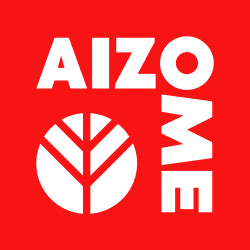
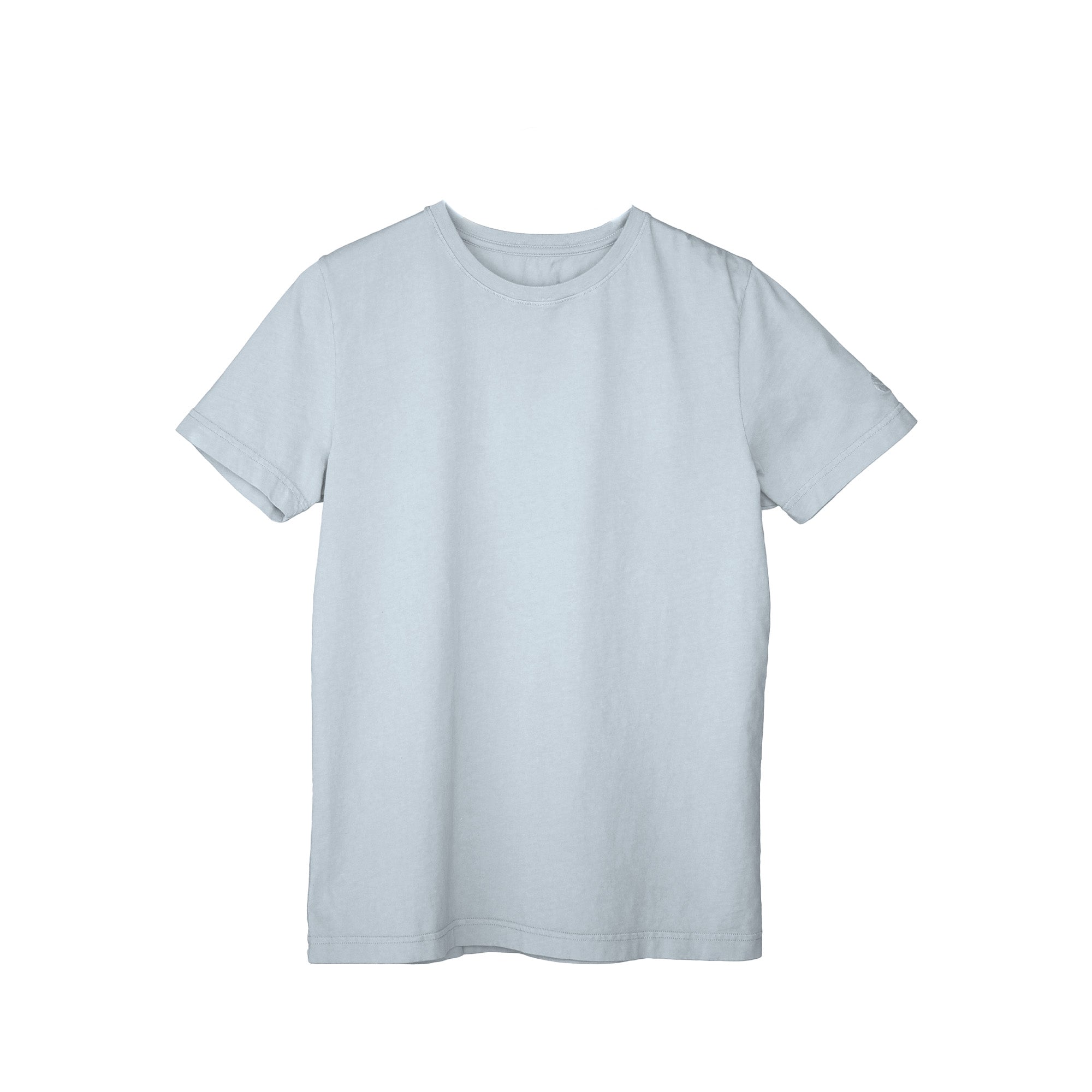

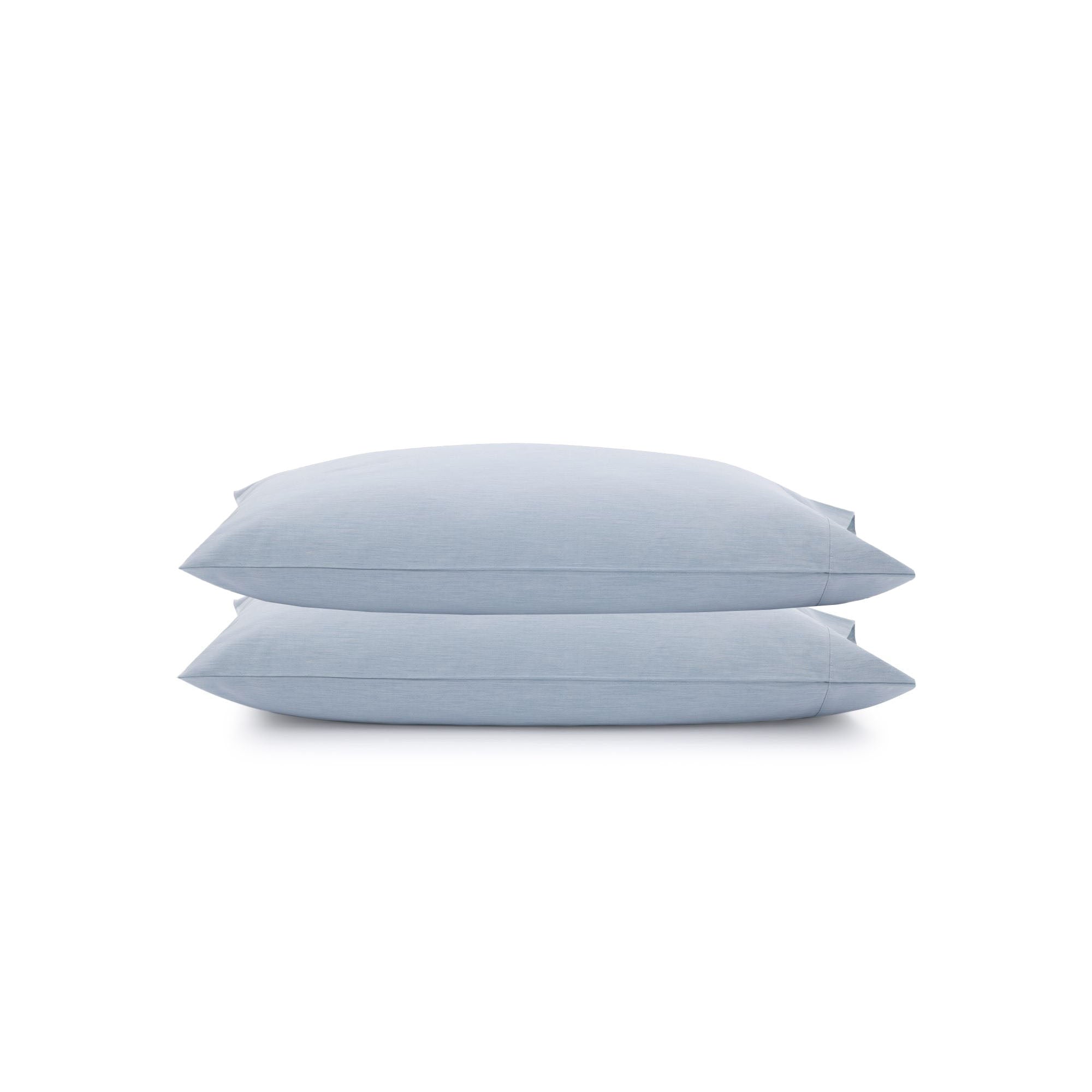
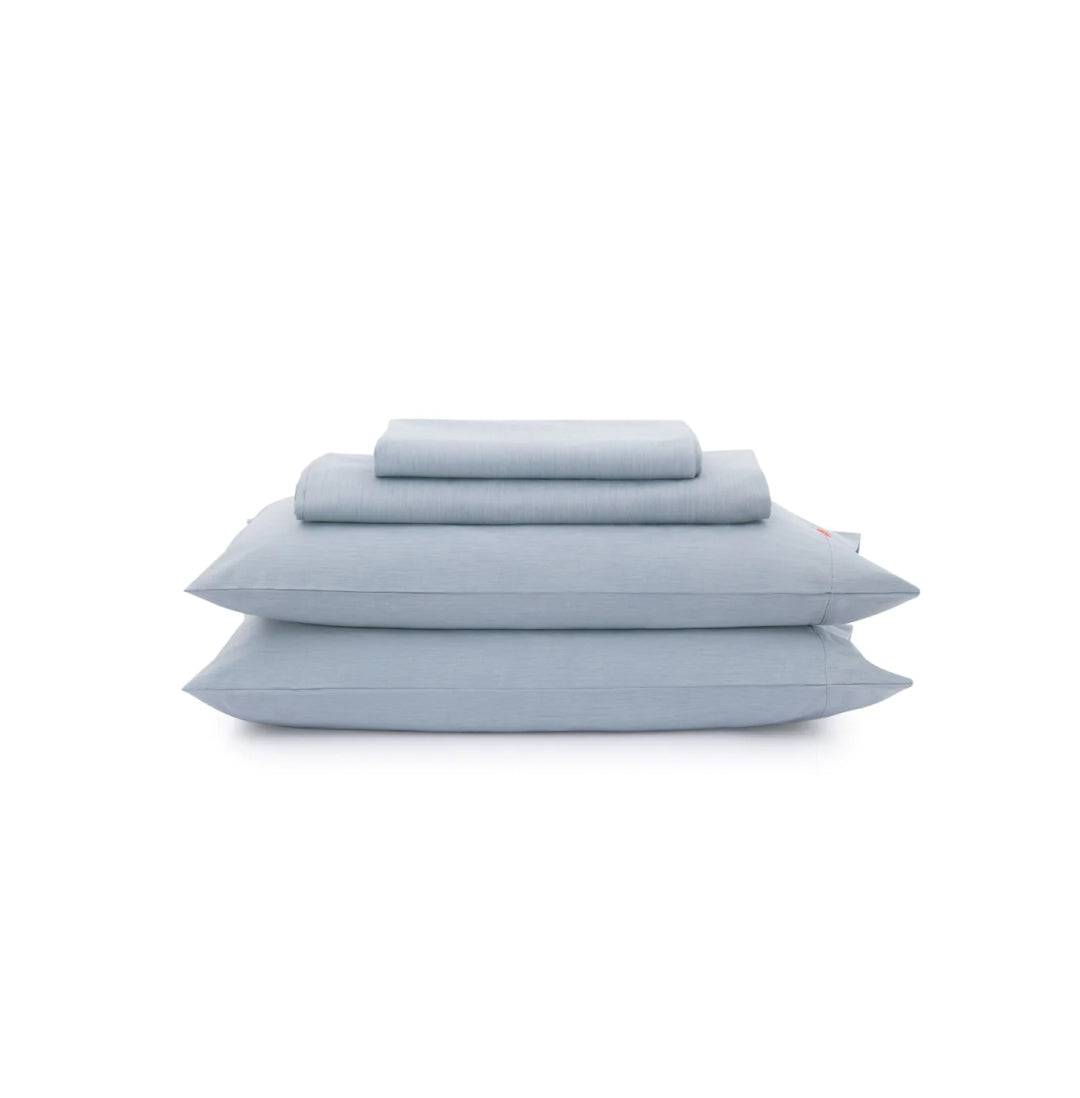
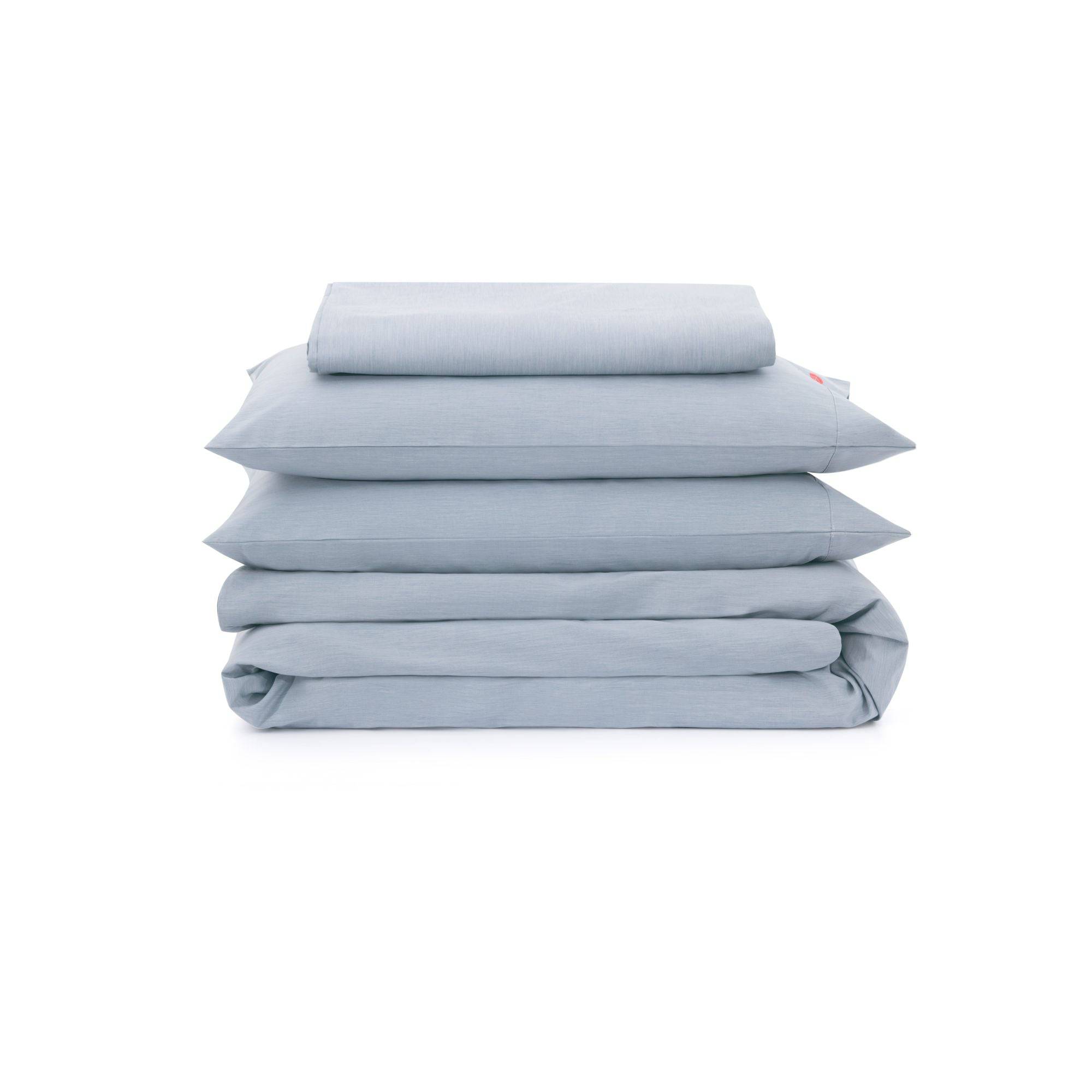
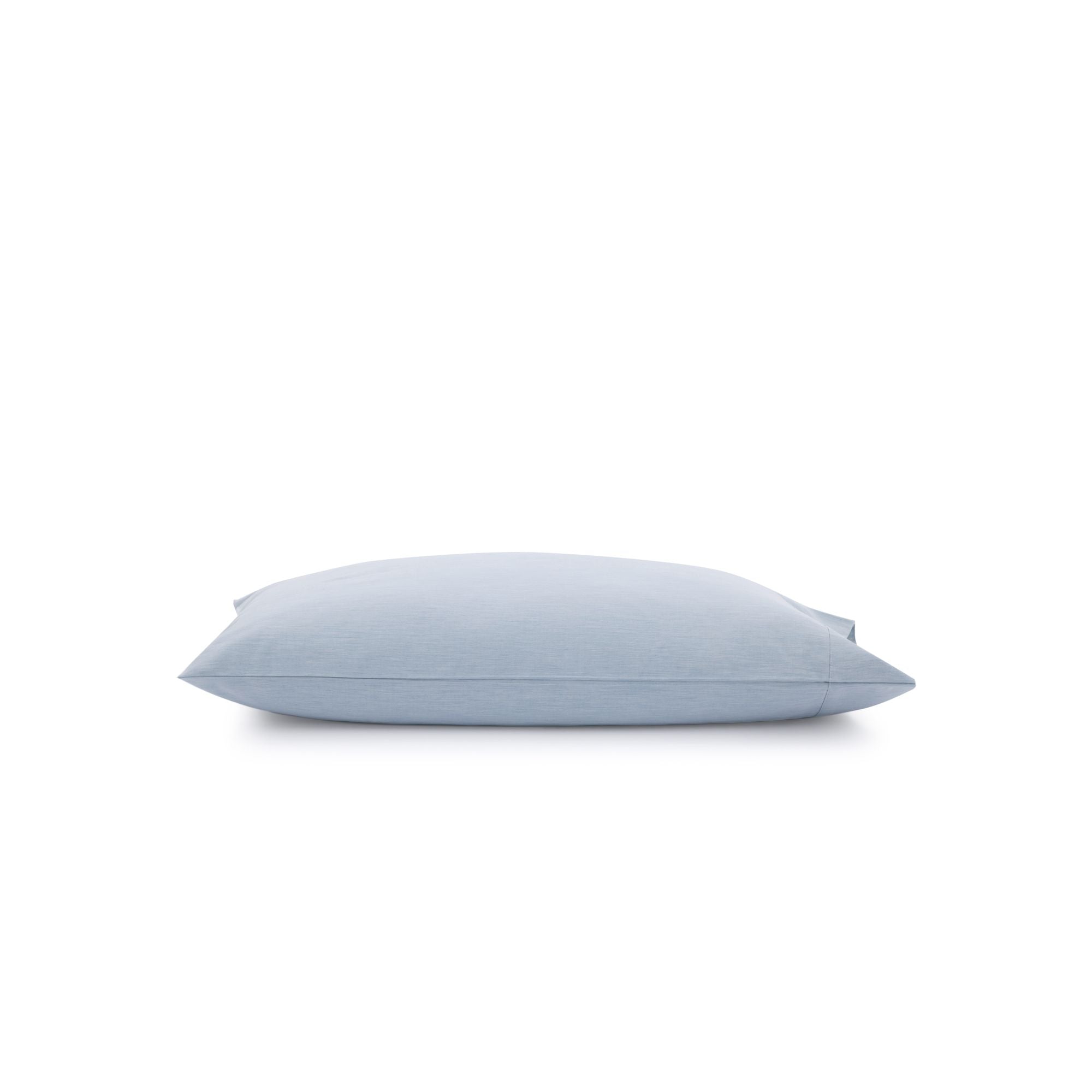
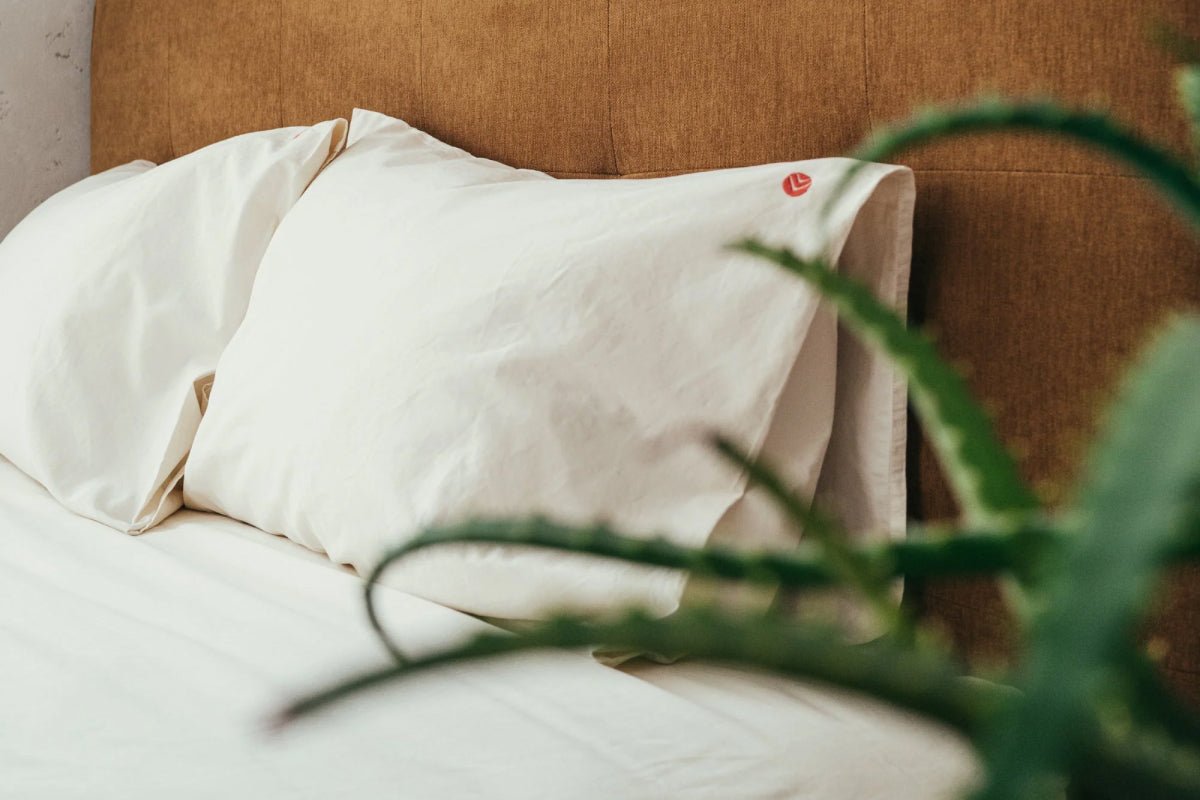 Bedding
Bedding
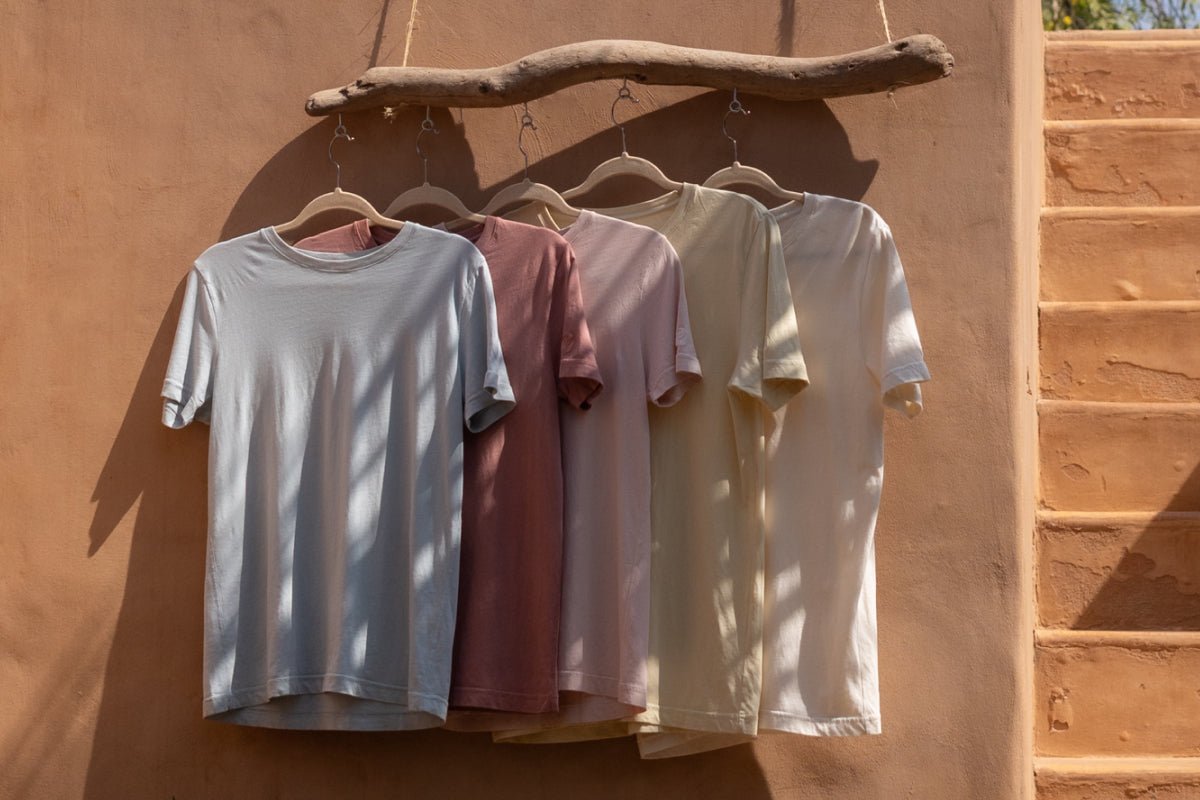 Clothing & Accessories
Clothing & Accessories
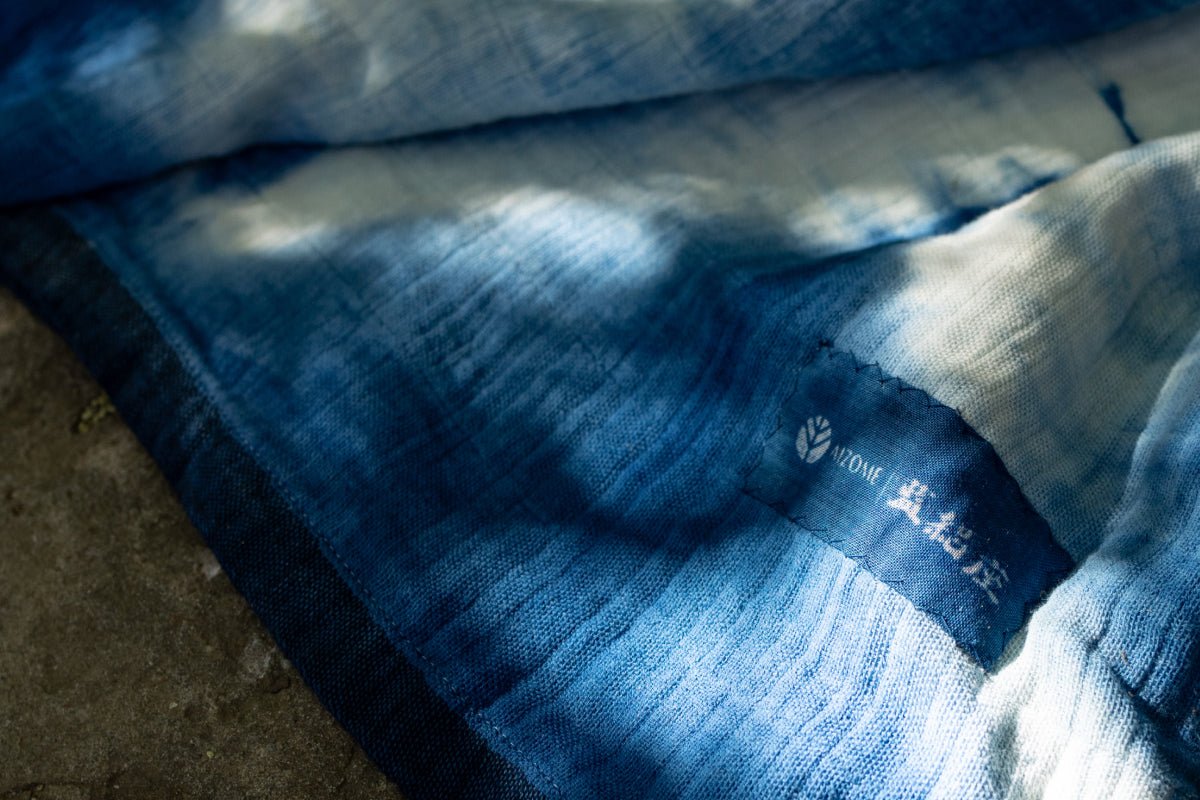 Artisan Line
Artisan Line



Leave a comment
All comments are moderated before being published.
This site is protected by hCaptcha and the hCaptcha Privacy Policy and Terms of Service apply.